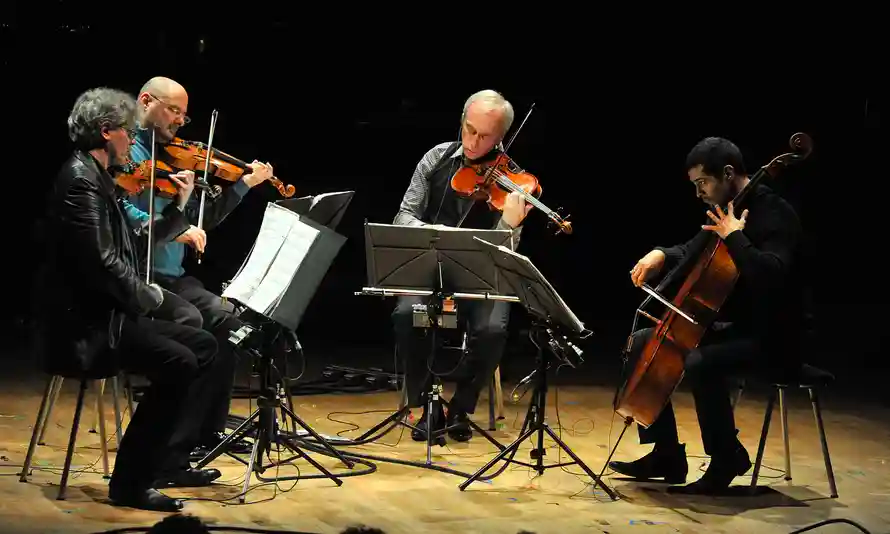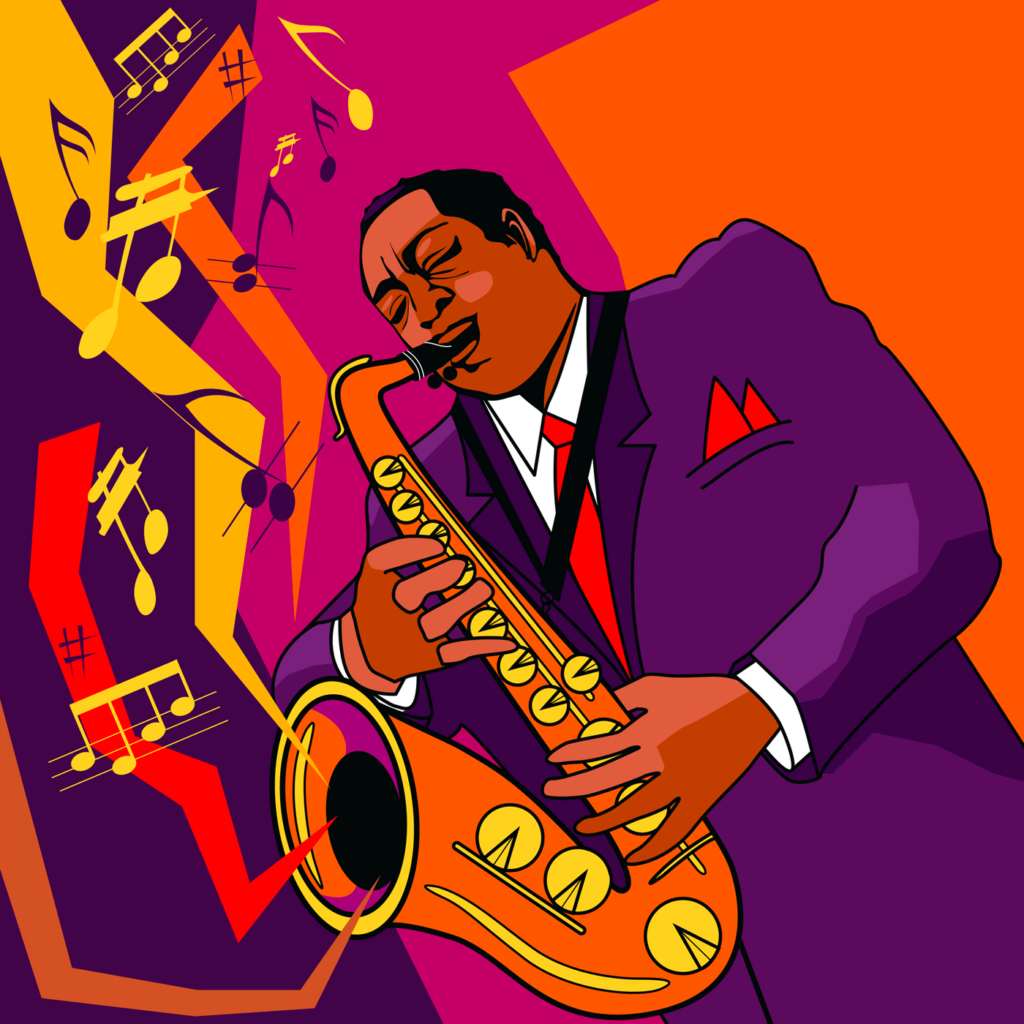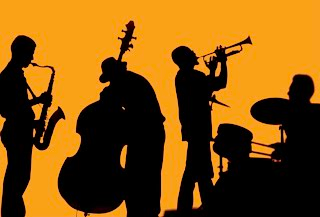21st – Contemporary Era
“Musical innovations is full of danger to the state, for when modes of music change, the laws of the state always change with them”
PLATO (c.428-347 BC)

By the closing years of the 19th century, it was clear that Romanticism had run its course. New trends were apparent in literature and art: in the Symbolist poems of Paul Verlaine, Charles Baudelaire and Stephane Mallarme and the plays of Maurice Maeterlinck; in the impressionist paintings of Claude Monet, Camille Pissarro and Edouard Manet, in which representational art gave way to blurred outlines and emphasis on the shifting play of light.
As the 20th century dawned, Impressionism was succeeded by post-Impressionism, and by a bewildering array of new artistic movements: The Fauves, with their bold outlines and brash colours, the Expressionist art of Edvard Munch and Vasily Kandinsky, the cubism of Pablo Picasso, the stark lines of Bauhaus art and architecture, Music, as ever, followed behind, when the focus of new trends moved decisively from central Europe to Paris.


Impressionism in music
In musical terms, composers realised that they need no longer be subject to the tyranny of traditional tonality, a system which has lasted for 400 years. One of the pioneers of the “music of the future” was the Frenchman Claude Debussy, whose fluid structures, built out of the repetition of tiny motifs with colouristic instrumental effects, were likened to impressionist techniques in painting. Little of Debussy’s mature music could be said to be in a ”key”. Instead, its gravitational centre constantly shifts as a result of his use of chromatic harmony.
Atonality
Meanwhile, the Austrian composer Arnold Shoenberg began writing in a lush, late-Romantic style, but in the first decade of the 20th century he pushed chromatic harmony to its limits, experimenting first with atonality, in which the 12 notes of the chromatic scale are treated eqally and then with an original method of musical organisation called the “12-note system”. This method, in which musical building-blocks are created from “tone-rows” consisting of all 12 notes of the scale, influenced many succeeding composers, including Berg and Webern, Stravinsky, Messaien, Boulez and Stockhousen. They used it in various ingenious ways and adapted it to their own particular ends.
Nationalism
Meanwhile, musical nationalism continued to flourish: in England in the works of Ralph Vaughan Williams, Frederich Delius and Gustav Holst; in Denmark in the works of Carl Nielsen; in central Europe in the works of the Hungarians Bela Bartok and Zoltan Kodaly and the Czech composer Leos Janacek, the spiritual descendant of Dvorak. All these composers were ardent collectors of their national folk songs, first by transcribing them manually, and then, when phonographic equipment became available, recording them.
The USA – still a relatively young nation – acquired its first major composer in the form of the highly original Charles Ives, quickly followed by others: Samuel Barber, George Gershwin and Aaron Copland, who deliberately set out to create distinctively “American” music.
Music and politics
The political upheavals of the 20th century, particularly the two world wars, had a profound effect on music, as on other art forms. During the economic depression which followed World War I, composers were forced to pare down their musical resources. Works that had required huge and expensive symphony orchestras, gave way to small chamber ensembles, evident in the post-war works of Igor Stravinsky and the eclectic group of mainly French composers known as “Les Six”.
Another noticeable influence during the 1920s and ‘30s was that of jazz, exported to Europe from the USA, and taken up with enthusiasm in England, France and Germany (especially in the works of Kurt Weill).
The rise of Nazi Germany in the 1930s struck a grievous blow. The works of “decadent” composers of Jewish musicians, both composers and performers and of “non-conformist” Aryans. Some – including Schoenberg, Hindemith and Weill – fled to Britain and the USA (where they greatly enriched the musical lives of their adopted nations), while others were murdered. Apart from the aged Richard Strauss, Germany lost most of its finest composers. Perhaps the best-known composer who stayed was Carl Orff, remembered only for his popular cantata Carmina Burana, and for an influential teaching method.
Similarly, in Soviet Russia, Stalin’s purges struck fear into all serious composers. The two finest Russian composers of the 20th century, Prokofiev and Shostakovich, both survived, but suffered severely under a tyrannical regime driven by political dogma and opposed to artistic innovation.
